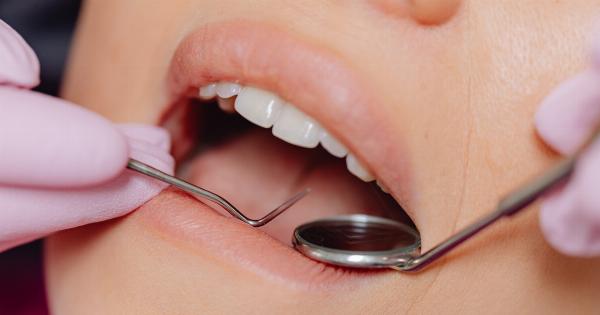Rosacea is a chronic skin condition that affects millions of people worldwide. It is characterized by redness, pimples, and visible blood vessels on the face.
While the exact cause of rosacea is still unknown, there are several factors that can trigger or worsen its symptoms. One such factor that has been the subject of much debate is coffee.
The Science Behind Rosacea
Before we delve into the connection between coffee and rosacea, let’s first understand the science behind this bothersome skin condition.
Rosacea is believed to be a result of a combination of genetic and environmental factors, which cause inflammation and dilation of blood vessels in the face. This leads to the characteristic redness and flushing associated with rosacea.
Understanding Coffee and its Effects
Coffee, one of the most popular beverages in the world, contains various compounds that can have both positive and negative effects on our health.
The primary active ingredient in coffee is caffeine, a stimulant that is known to constrict blood vessels and increase blood flow. This is why many people turn to coffee for a quick energy boost.
The Potential Link between Coffee and Rosacea
While caffeine can stimulate blood vessels elsewhere in the body, its effects on facial blood vessels can be more complex. Some studies suggest that caffeine can actually dilate blood vessels in the face, which can contribute to redness and flushing.
In individuals with rosacea, this dilation of blood vessels can lead to more pronounced symptoms.
Furthermore, the acidic nature of coffee can also potentially exacerbate rosacea symptoms. Acidic foods and drinks have been known to trigger flare-ups in some individuals, and coffee falls into this category.
The acidity of coffee can irritate the digestive system, leading to increased inflammation and potentially triggering rosacea symptoms.
The Role of Triggers in Rosacea
It is important to note that rosacea triggers can vary from person to person. What may cause a flare-up in one individual may have no effect on another. Common triggers include spicy foods, alcohol, hot beverages, extreme temperatures, and stress.
If you have rosacea, it is recommended to keep a diary of potential triggers to identify what specifically affects your symptoms.
Decaffeinated Coffee as an Alternative
If you are a coffee lover and worried about the potential effects of caffeine on your rosacea symptoms, you may consider switching to decaffeinated coffee.
Decaf coffee contains significantly less caffeine than regular coffee, which may help minimize the dilation of blood vessels and reduce the risk of triggering rosacea flare-ups.
Other Considerations for Rosacea Management
While coffee may be a potential trigger for some individuals, it is important to approach rosacea management holistically.
Maintaining a healthy lifestyle, including regular exercise, a balanced diet, and stress reduction techniques can all contribute to managing rosacea symptoms. Additionally, it is advisable to seek professional advice from a dermatologist who can provide personalized recommendations based on your specific case.
The Bottom Line
While the exact connection between coffee and rosacea is not fully understood, many individuals with rosacea report a correlation between coffee consumption and flare-ups of their symptoms.
Given the potential for caffeine to stimulate blood vessels and the acidic nature of coffee, it may be worth considering reducing or eliminating coffee intake if you experience rosacea symptoms.
Discover the potential connection between coffee and rosacea. Explore the impact of caffeine and acidity on rosacea symptoms, and learn about alternatives that may help manage flare-ups. Seek professional advice for personalized recommendations.





























